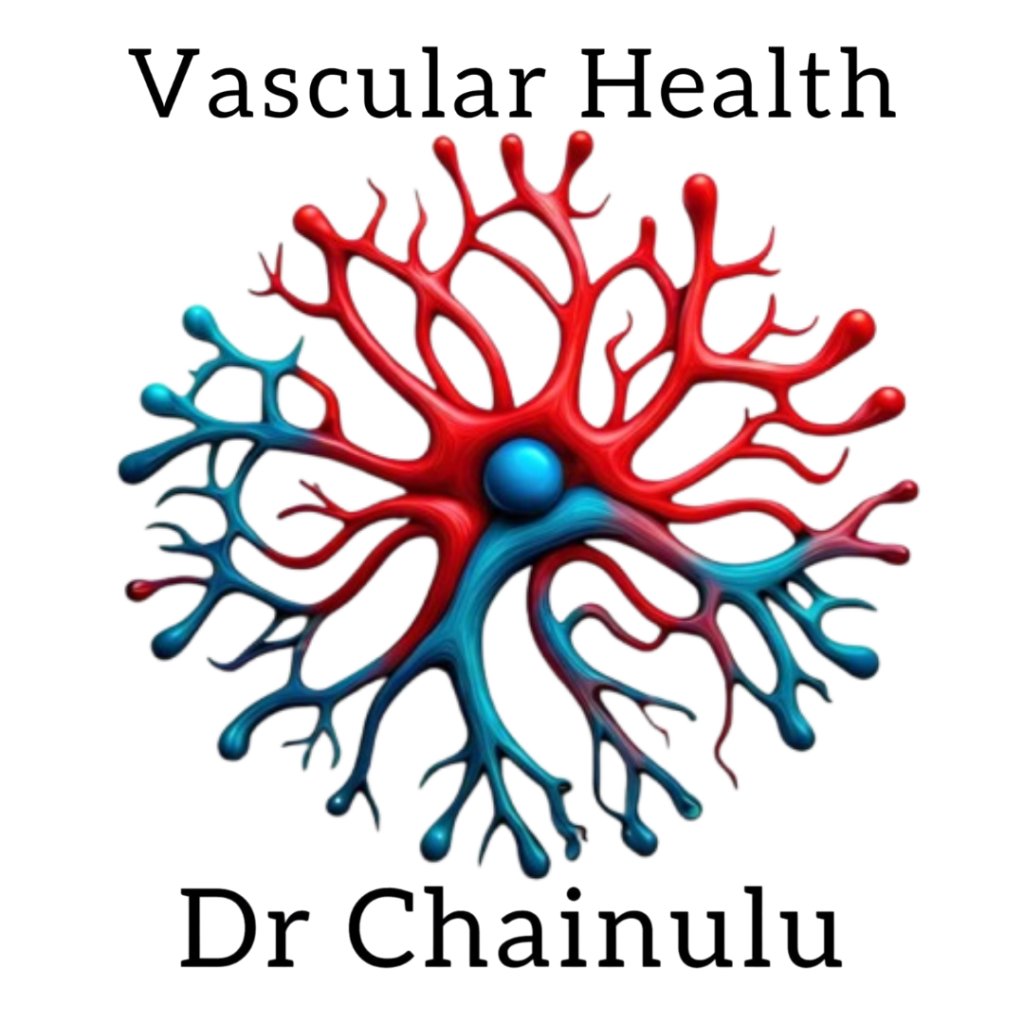Services
Medical Services We Offer
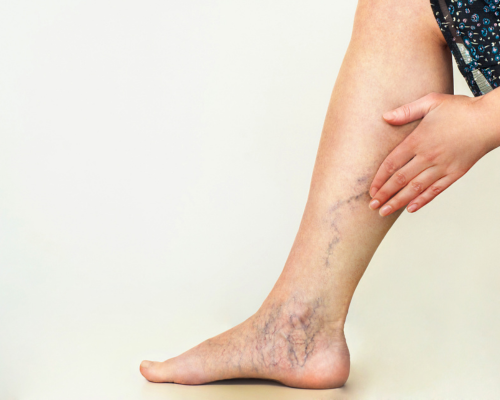
Varicose Veins
Varicose veins are swollen, twisted veins that usually appear blue or dark purple. They often occur on the legs and can be both a cosmetic concern and a source of discomfort.
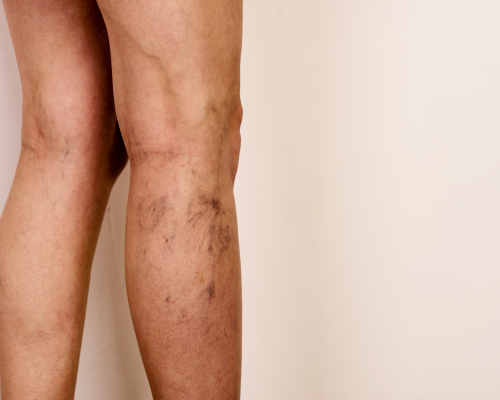
Deep Vein Thrombosis
Deep Vein Thrombosis, commonly known as DVT, is a medical condition where a blood clot forms in one of the deep veins in the body, usually in the legs.

Vascular Malformation
Vascular malformations are abnormal clusters of blood vessels that can occur in various parts of the body. These malformations are present at birth and can grow over time.

Aortic Aneurysms
An aortic aneurysm is a bulge or dilation in the wall of the aorta, the largest artery in the body. The aorta carries oxygen-rich blood from the heart to the rest of the body.
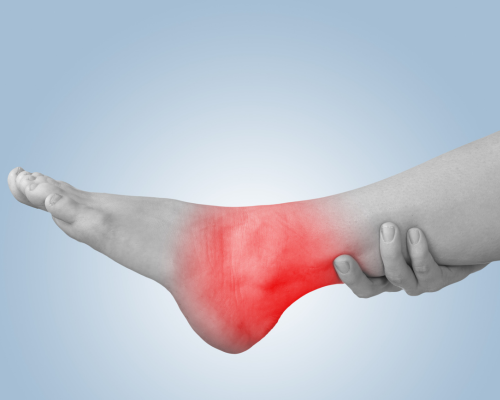
Acute Limb Ischemia (ALI)
Acute Limb Ischemia (ALI) is a sudden decrease in blood flow to a limb, usually caused by a blockage in the arteries.
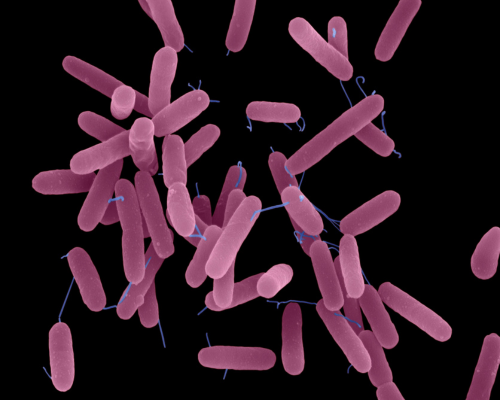
Mesenteric Vasculature
The mesenteric vasculature refers to the blood vessels responsible for supplying oxygen and nutrients to the intestines and other abdominal organs.
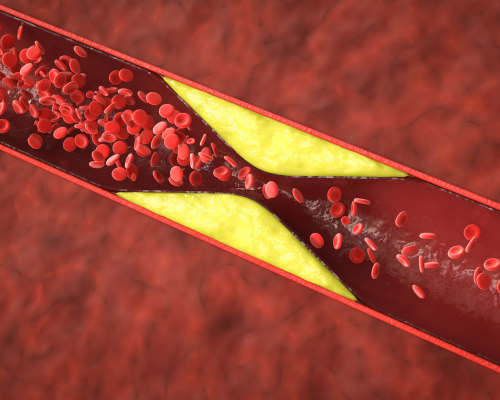
Peripheral Arterial Disease (PAD)
Peripheral Arterial Disease (PAD) is a common circulatory condition in which narrowed or blocked arteries reduce blood flow to the limbs, most commonly the legs.

Uterine Fibroid Embolisation (UFE)
Uterine Fibroid Embolisation (UFE) is a minimally invasive procedure designed to treat symptomatic uterine fibroids without the need for traditional surgery.

Stroke Prevention
A stroke occurs when blood flow to a part of the brain is disrupted, either due to a blocked artery (ischemic stroke) or a ruptured blood vessel (hemorrhagic stroke). Without adequate blood supply, brain cells begin to die, leading to potential disability or even death.

Angiography
Angiography, also known as an arteriogram, is a diagnostic imaging procedure used to visualize the blood vessels in the body.
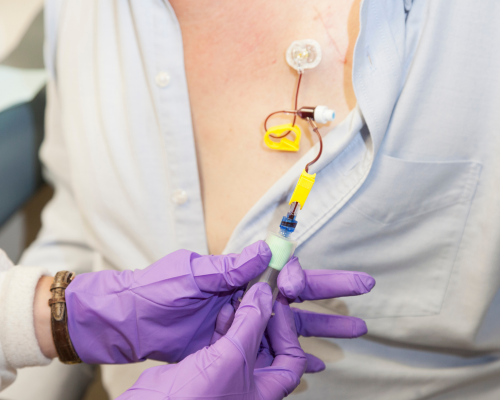
Vascular Access for Chemotherapy
Vascular access for chemotherapy refers to the method of delivering chemotherapy drugs directly into the bloodstream using a specialized device.
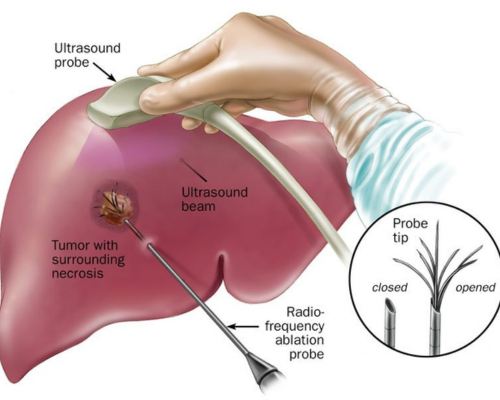
Liver Tumor Ablation
Liver tumor ablation is a minimally invasive treatment option used to treat tumors in the liver, including primary liver cancer (hepatocellular carcinoma) and metastases from cancers originating in other parts of the body.

Spider Veins
Spider veins, also known as telangiectasias, are small, dilated blood vessels that appear close to the surface of the skin, often resembling a web or tree branch.

Glue Therapy
Glue Therapy, also known as Endovenous Glue Ablation (EVA), is an innovative, minimally invasive treatment for varicose veins.

Sclerotherapy
Sclerotherapy is a well-established, minimally invasive procedure used to treat varicose veins and spider veins.
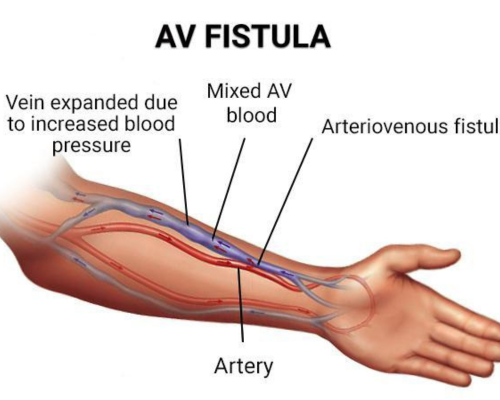
AV Fistula
An AV fistula (Arteriovenous Fistula) is a surgically created connection between an artery and a vein, typically in the arm.
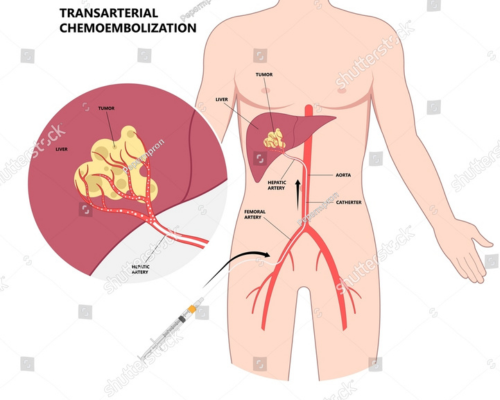
TACE
Transarterial Chemoembolization (TACE) is a minimally invasive procedure used to treat liver cancer, particularly hepatocellular carcinoma (HCC), as well as other liver tumors. It combines the delivery of chemotherapy directly to the tumor with a procedure to block the blood supply to the tumor.
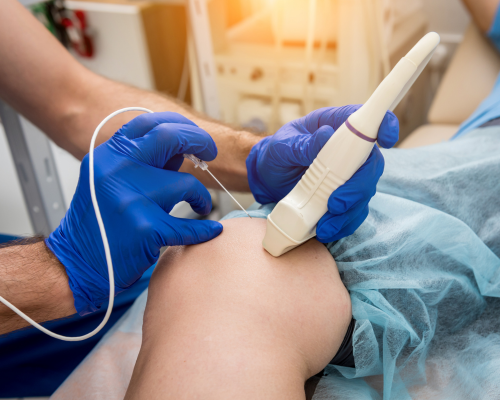
Thyroid Ablation
Thyroid ablation is a minimally invasive treatment option designed to manage thyroid nodules, hyperthyroidism, and certain types of thyroid cancer.

Prostatic Artery Embolisation
Prostatic Artery Embolisation (PAE) is a minimally invasive procedure used to treat benign prostatic hyperplasia (BPH), a common condition where the prostate gland enlarges, often causing urinary problems such as frequent urination, urgency, weak urine flow, and incomplete emptying of the bladder.

Varicocele Embolisation
Varicocele embolisation is a minimally invasive procedure designed to treat varicoceles, which are enlarged veins in the scrotum that can cause pain, swelling, and sometimes infertility.
